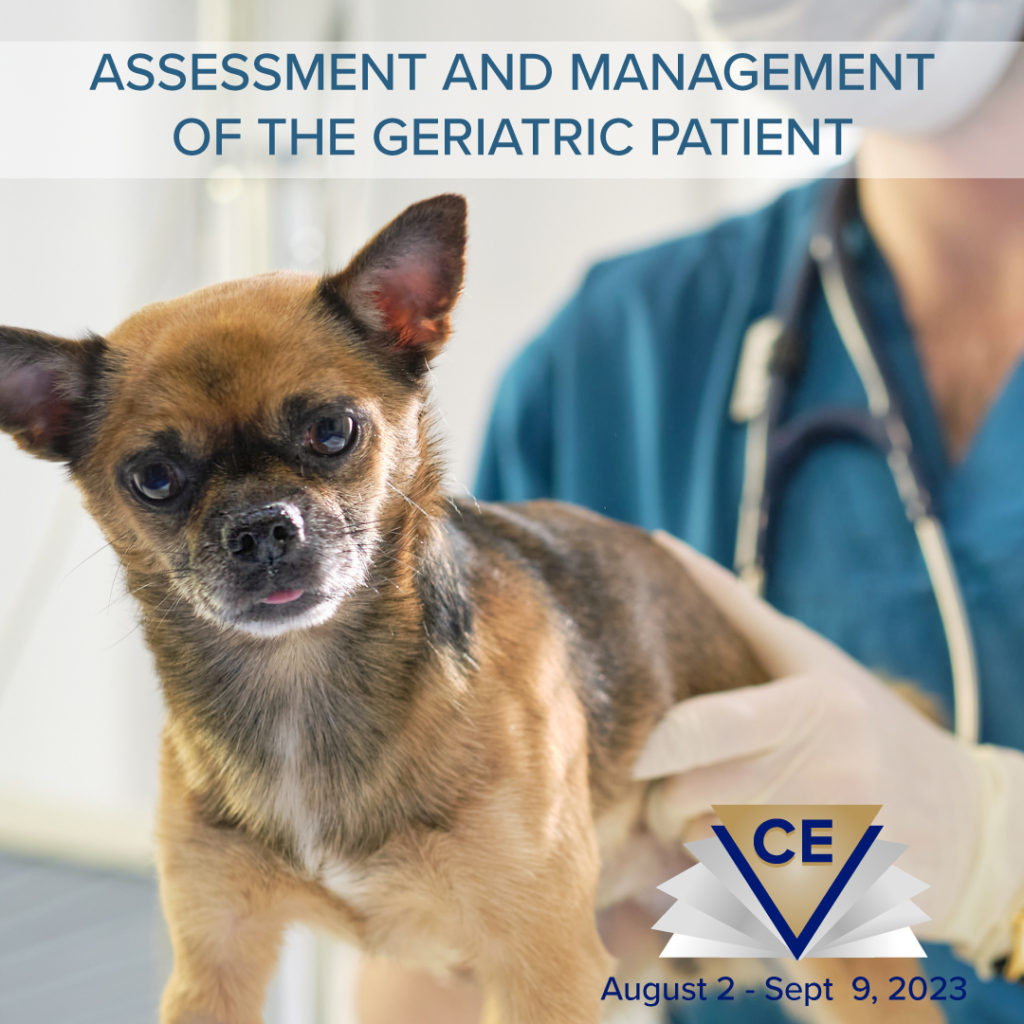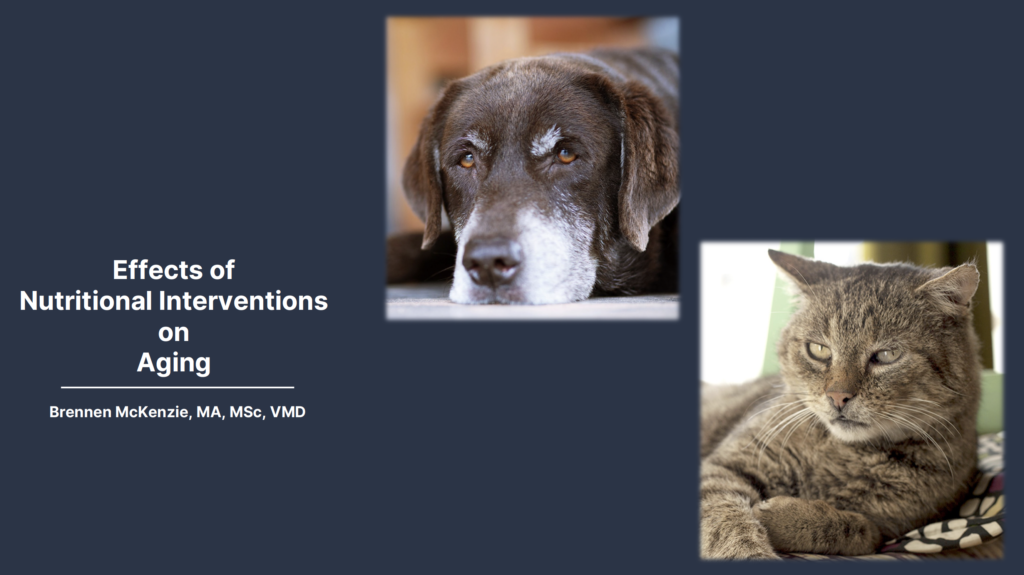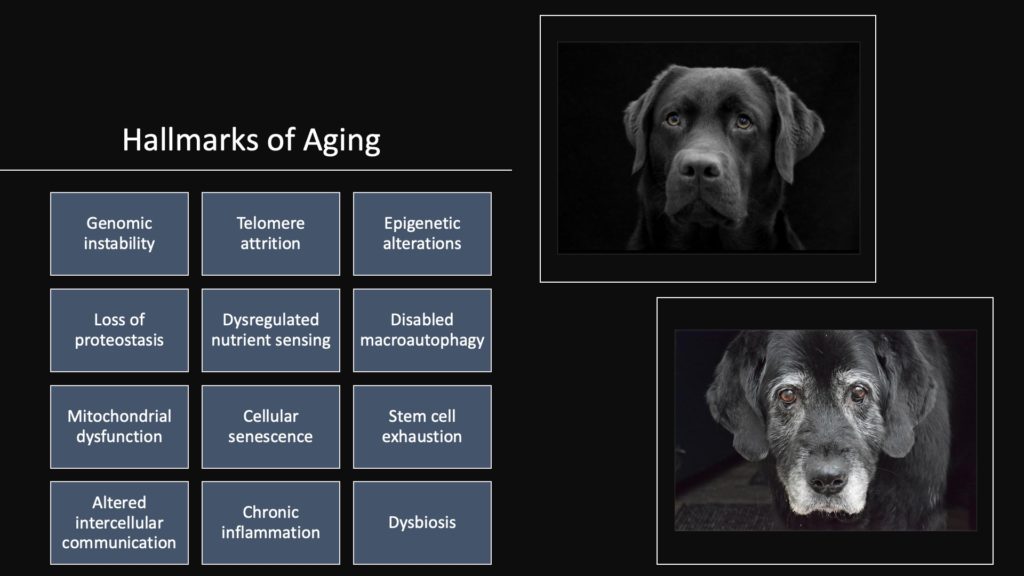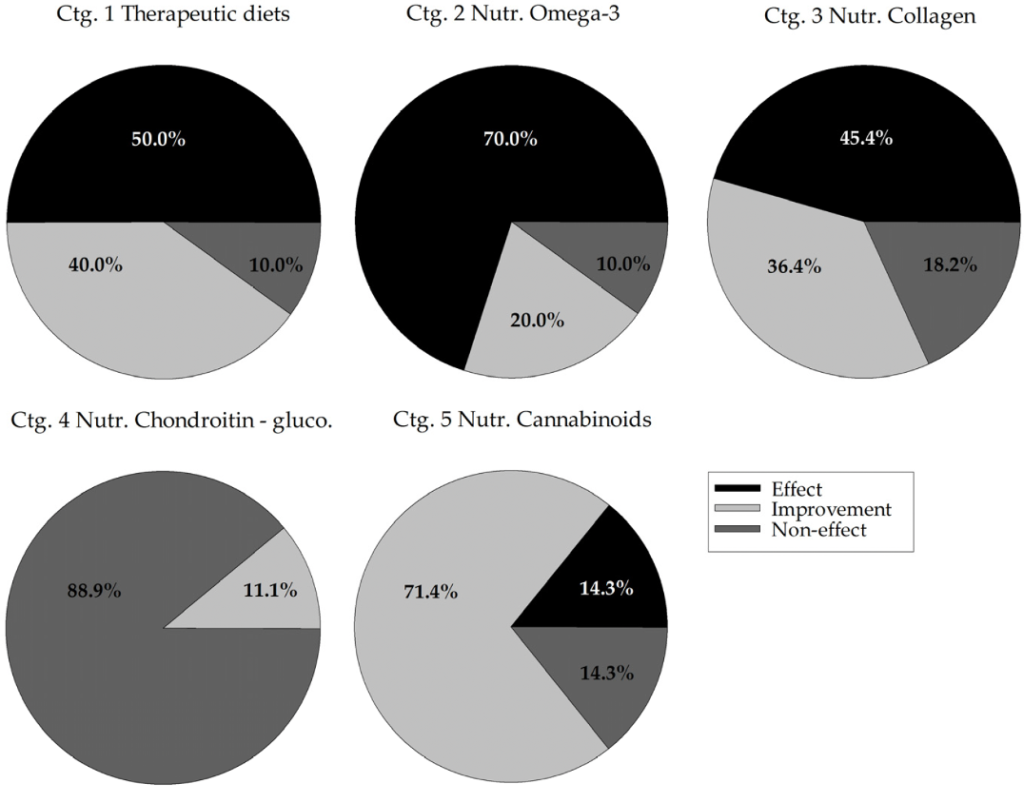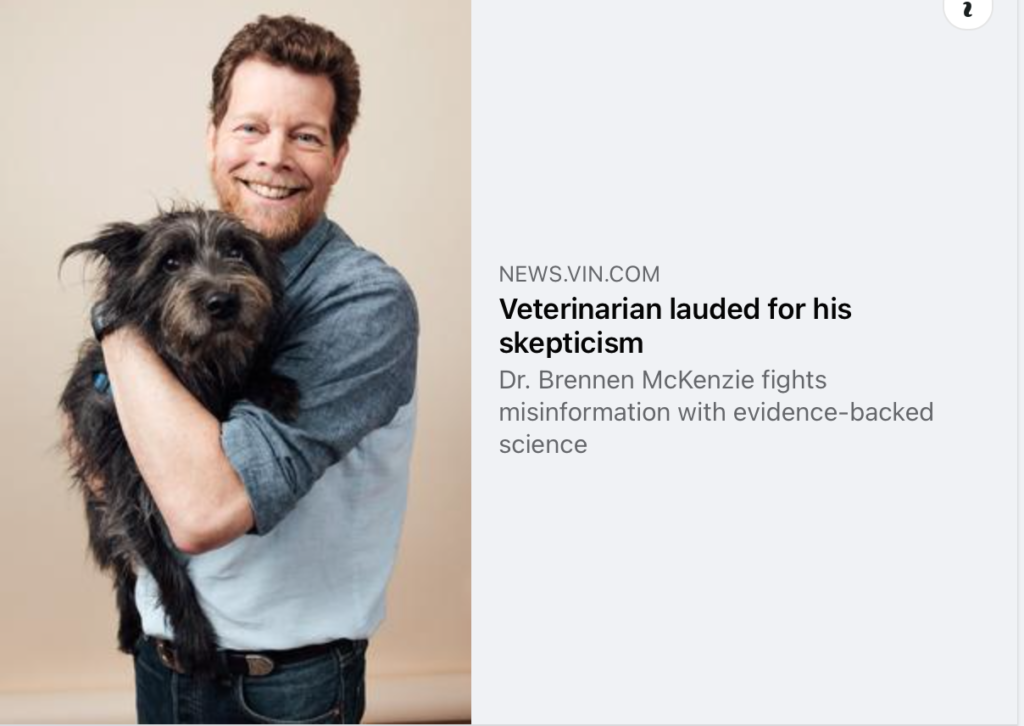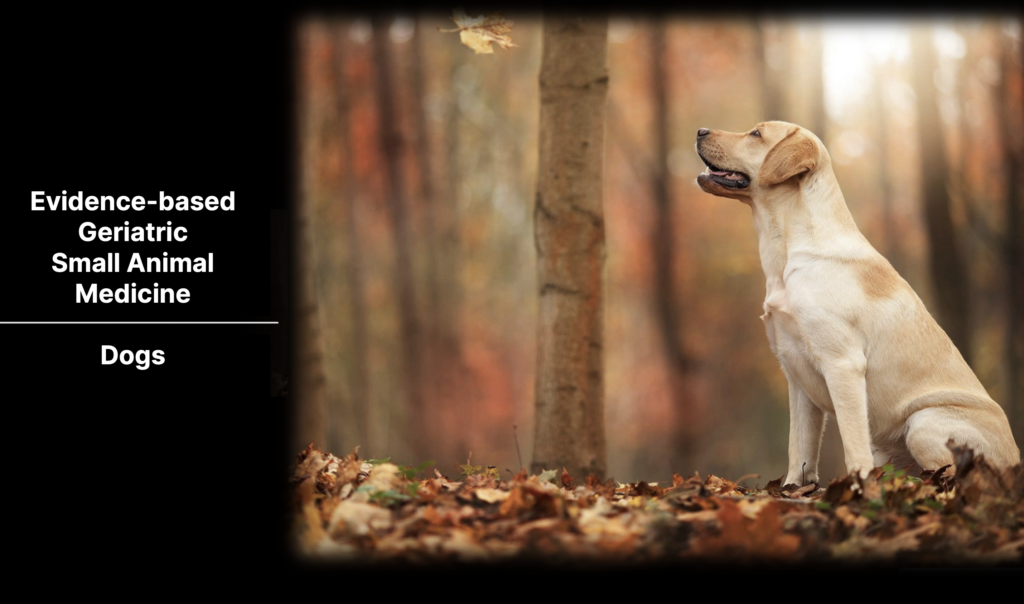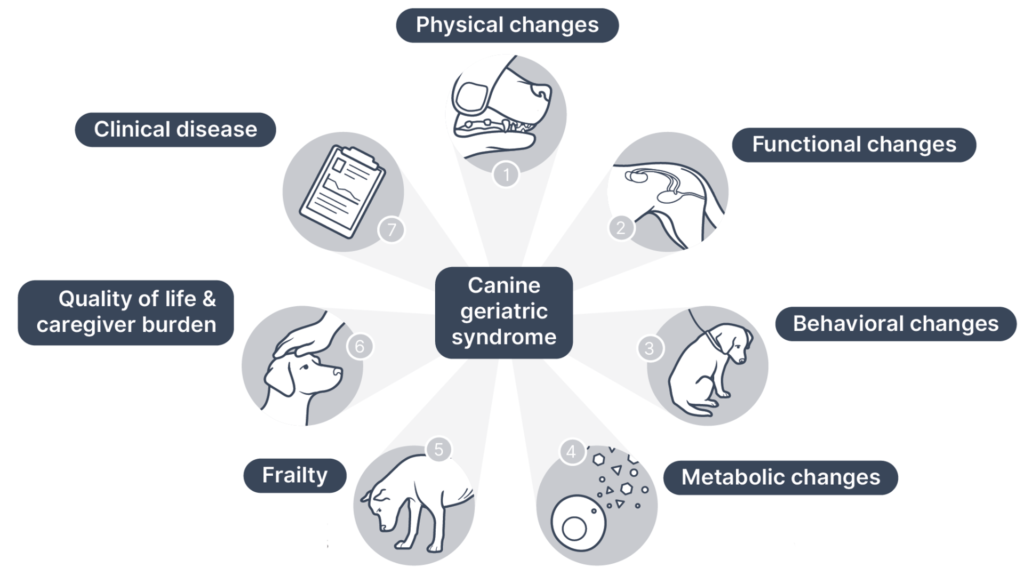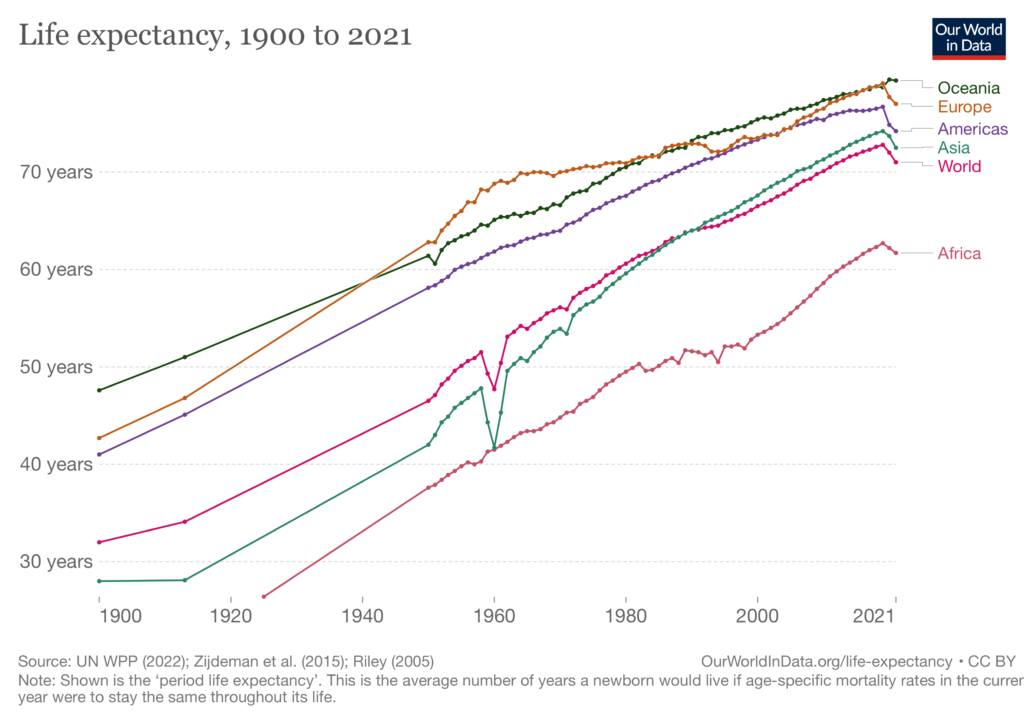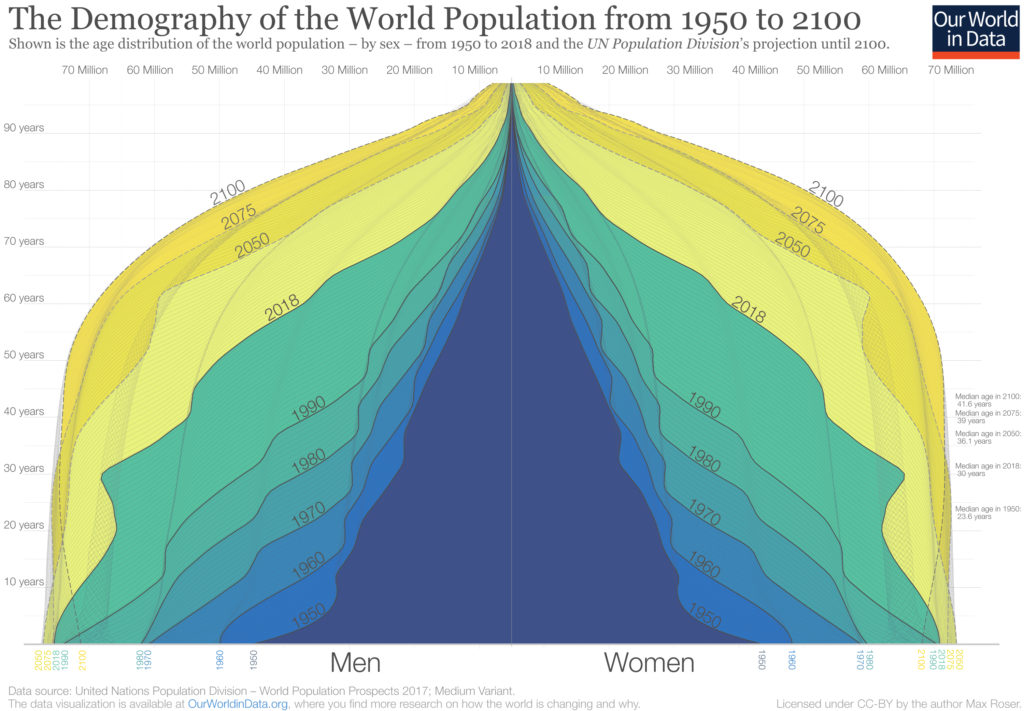I have written about the emerging liquid biopsy tests a couple of times before (here and here). These are blood tests that are intended to find signs of cancer circulating in the blood. This can be used for screening, testing individuals with no clinical symptoms or reason to expect cancer is present, or for help in diagnosing a cancer that is suspected to be there for some other reason. I have focused on the OncoK9 test because that was both the first onee I came across and because the company has been publishing some useful follow-up research on the test since it was first released. The specifics will likely be different for each type of liquid biopsy test, but the general principles are much the same.
The potential benefits of these tests are earlier detection of cancer, which is sometimes helpful in providing more effective treatment. However, for some cancers in dogs and cats we don’t have effective treatments available, and there is little actual evidence showing that earlier treatment improves outcomes for most veterinary cancer patients, so the benefit of earlier detection is difficult to assess.
There are also potential risks to these tests. Telling owners their pets have cancer when they really don’t, and reassuring them no cancer is present when it actually is, or when it could develop at any time after the test, can be harmful to owners and to their pets. Additional testing, particularly invasive tests like biopsies, can also cause harm, and this is not always balanced by a benefit to the pet. The subjects of overdiagnosis and the rational use of diagnostic and screening tests are ones I talk about often, though I’m not convinced I have yet had an impact on how vets make use of the tests we have available.
PetDx, the company making the OncoK9 liquid biopsy test, recently published a study looking back at test results and records from hospitals using their product and providing some information about how the test performs.
O’Kell AL, Lytle KM, Cohen TA, Wong LK, Sandford E, Rafalko JM, Brandstetter G, DiMarzio LR, Phelps-Dunn A, Rosentel MC, Warren CD, McCleary-Wheeler AL, Fiaux PC, Marass F, Marshall MA, Ruiz-Perez CA, Kruglyak KM, Tynan JA, Hicks SC, Grosu DS, Chibuk J, Chorny I, Tsui DWY, Flory A. Clinical experience with next-generation sequencing-based liquid biopsy testing for cancer detection in dogs: a review of 1,500 consecutive clinical cases. J Am Vet Med Assoc. 2023 Mar 17;261(6):827-836. doi: 10.2460/javma.22.11.0526. PMID: 36965477.
The study evaluated the results of 1500 tests submitted by veterinary clinics and attempted to determine the actual diagnosis and outcome for the patients to evaluate the accuracy of the test results. The results are broadly similar to those of the company’s previous study (discussed here), which is encouraging. It is worth noting, however, that both studies were funded and conducted by company employees, so the potential for unconscious bias to influence the methods and results is worth keeping in mind. The similarities may mean the test performs consistently in different populations of dogs, or it could be a reflection of the similar methods and biases in the design and execution of the studies.
About 64% of the tests conducted were run in patients without suspicion of cancer (screening), and 26% were submitted to aid in the diagnosis of a suspected cancer. Personally, I believe screening is the riskier of the two uses for this test, so it is disappointing that the company has been so successful at marketing this as a test to be used “just in case” there is cancer in health older pets. Those are the patients for whom the risks of overdiagnosis and overtreatment are likely the highest. Of course, they are also more likely than younger dogs to have cancer, so some will benefit from this testing, but most will not have the disease, and the balance of risks and clinical benefits is far from clear.
The test performed about the same as in the previous study. Overall, the Positive Predictive Value (PPV- the proportion of dogs with a positive test that actually had cancer) was about 89% and the Negative Predictive Value (NPV- the proportion of dogs with a negative test that did not have cancer) was about 88%. These are decent numbers, but they do suggest that about 10% of dogs with a positive test don’t have cancer, which is still a fair number of owners frightened and dogs potentially subjected to unnecessary follow-up testing, or even potentially cancer treatment or euthanasia, to no purpose. Likewise, a bit over 10% of dogs with a negative test, might actually have cancer, and this result could delay needed testing and treatment.
In the most vulnerable group, healthy dogs being screened for cancer, only 4.5% had a positive result. The proportion of these who actually had cancer (the PPV) was 75%, compared with 98% of those tested to help confirm suspected cancer. This reinforces that we must be pretty cautious about how we react to a positive screening test when ¼ of those will not actually end up having cancer. As expected, the reverse is also true: the NPV of dogs screened was 94% (most who were tested didn’t have cancer and most testing negative didn’t have cancer) compared to an NPV of 67% for the dogs tested because of other signs of possible cancer (a fair number of these actually had cancer, and so negative tests were less consistently correct).
A relatively small number of patients in this study had failed tests or uncertain results, and most of these got a clear yes or no answer on repeating the test. This is still a source of anxiety, frustration, and delay for those patients and their owners, but no test is ever perfect.
All-in-all, I think these types of tests are reasonable to use for trying to help decide if a dog with findings suggestive of cancer which can’t be confirmed or refuted in a more definitive way. I have run the test in one dog with a heart mass that could either have been an aggressive or a slow-growing tumor (with very different paths for the owner to choose from) and which, for obvious reasons, we couldn’t biopsy. In that case, unfortunately, the test did not find evidence of cancer, but the patient declined rapidly, which suggested something more aggressive, though no definitive diagnosis could be made.
I have become a bit more positive in my view of these tests since I first wrote about them because the studies coming out suggests they are reasonably accurate. However, there is still no clear evidence that using these tests, at least in dogs with no other reason to suspect cancer, leads to longer life or delayed illness, and that is ultimately the point of screening. I hope this company continues to evaluate the real-world impact of the use of its tests, that other makers of such tests also do so, and ultimately that independent studies unconnected with the manufacturers of these products can provide data showing how they perform and what benefits, if any, they provide. New diagnostic and screening tests can be very valuable, but like anything in medicine they have risks as well as benefits, and it can take a bit of time and effort to determine what these are and when we should, or should not use a particular test.

